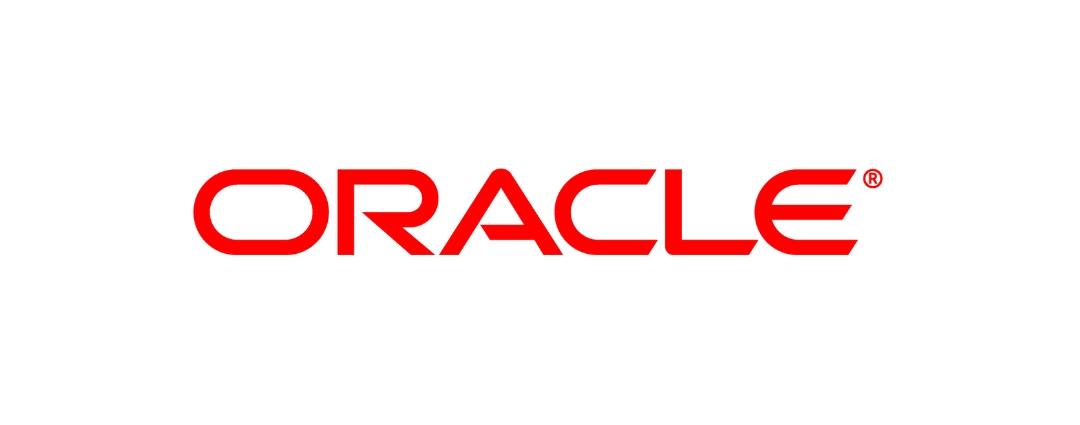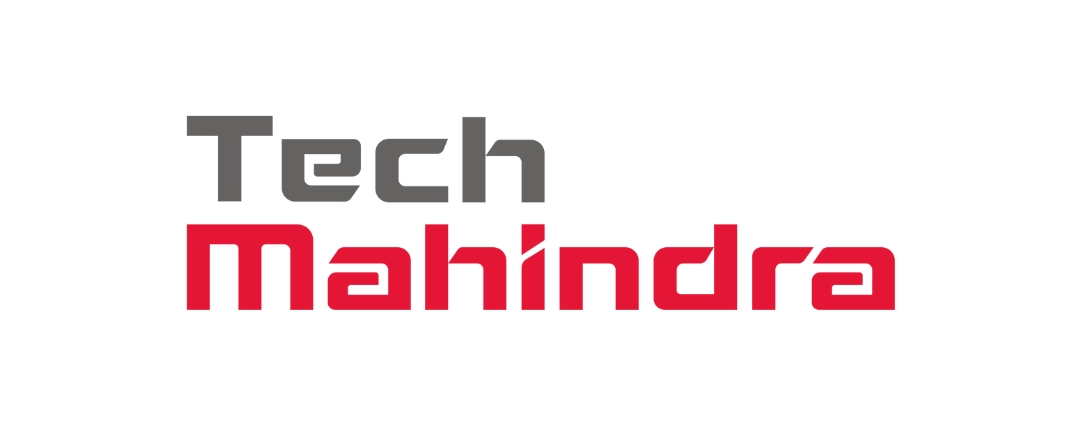Today’s supply chain ecosystem is making the renowned IBM I-series box obsolete. With the saturation of cloud and open systems software, it is now a necessity for firms to modernize their existing green screens to challenge the capabilities of the latest technologies. Unfortunately, modernization is not simple and can be extremely problematic if carried out the wrong way. Utilization of the logical framework called the 5T’s (Transpire, Trace, Transform, Track, Train) will allow firms to effectively tailor a comprehensive road map to execute their modernization effort based on their own requirements and execution styles.
Key Points
- Green Screen can still be an effective solution but requires modernization to co-exist in a modern IT ecosystem. The lack of scalability and increasing difficulty in integration with other software are bigger detriments than the outdated UI.
- There is no one size fits all plan to approach modernization. Firms tend modernize their legacy applications in one of three ways: Face Shift, Structural Shift, and Paradigm Shift
Recommendations
- Use the 5T’s to define your end to end roadmap. Without an extensive plan, firms may encounter unexpected costs and will experience increased difficulty during execution
- Structural shift provides the best bang for your long term. Although it has a higher upfront cost, the benefits include reduced costs when integrating new systems and easier transitions to new solutions.
Introduction
IBM i (formerly known as System I, I5, iSeries, AS/400) is a midrange platform produced by IBM. Many people refer to it as green screen. In the 90’s, the AS/400 platform became one of IBM’s greatest success stories and many enterprises put their trust and invested heavily in this platform. This led the inception of many vertical solutions with the expectation to be future proof.
However, the business world speeds through an ever-changing environment; today’s IT world is completely different from that of the 90’s. With cloud based digital applications becoming the new rage, modernization of green screen is considered a top priority for those who have invested heavily in the AS/400 platform and its software.
Even though modernization is a broad term with many aspects to consider, ITOrizon offers a holistic view of the thought process and planning required for a successful transformation. This logic is not limited only to green screen and can be extended to all modernization efforts.
Why Modernize?
Since many organizations have built their core businesses around green screen it is a difficult decision to move forward with Modernization, especially considering the risk and financial liability. However, by looking at the current market expectations and competition in Warehouse Management Systems, the green screen falls short in the following areas:
- New customer engagement
- Adapting to modern scalable technology
- Lack of potential IT infrastructure and resources
- Integration of business processes and data
In the near future, the green screen will eventually become a bottleneck for firms, if it hasn’t already.
5T’s to Modernization
Unfortunately, there are no defined rules and approaches in modernization practices. Even if there was one, there is no guarantee that one size fits all. However, the general rule of thumb is to follow the 5T’s methodology which logically outlines how to approach modernization. It is highly advisable for individual firms to come up with a customized road map based on their own internal goals and execution styles.
The key milestones in 5T’s are:
- Transpire
- Trace
- Transform
- Track
- Train
Transpire
Transpire defines a firm’s roadmap and is laid out according to what should happen in each phase. Out of the 5 T’s, this step is the most critical as this is where a firm identifies its internal needs and execution styles to come up with a unique plan. Some example factors are:
- Company vision and goals
- Factors Driving the Modernization
- Budget
- State of current application
- Preferred execution methodology (Agile, Waterfall, etc.)
This step consists of but is not limited to following action items:
- Define the scope where organization should decide on what part of the application will be modernized
- Tools and technology decision
- Define expected output from each phase and timeline
- Define measurement criteria
- Decide risk mitigation strategy
- Define CMS system that will be utilized
- Plan for transition from traditional to modernized application
The step also defines a company’s approach to modernization. From the current trends, firms tend to take the following approaches to overhauling their legacy applications:
- Face Shift
- Structural Shift
- Paradigm Shift
Face Shift
Face shift deals with overhauling the user interface of the application. The main objective of this approach is to improve the front end without restructuring the underlying code of the application. An AS/400 example would be moving from green screen to a web and mobile front end.
Strengths:
- Variety of accessibility to end users
- Quick turnaround from concept to realization
- Maintains core business logic
- Less cost, less risk approach to understand market acceptance
Weakness:
- Solves only the user interface challenges without addressing any other aspects
- New customers still need to purchase an IBM i box
- Performance of the application is slightly compromised for a better user interface
Face Shift Variations:
Screen Scraping:
Screen scraping focuses on converting traditional terminal-based applications into a web or mobile-based interface. The underlying technology will process data streaming information that is directed to green screen terminal and modify what the user sees based on the business requirement.
Open Access-based Transformation:
Open access-based transformation focuses on creating web or mobile-based interface using an open access handler using the program buffer. Unlike screen scraping, this approach bypasses data streaming information to handle user interface in more direct way. It offers more flexibility to control and extend the application.
Overall, the face shift is a short-term solution that will only change the cosmetic appearance of green screen applications. The main benefit is due to a relatively low risk and cost compared to the other routes.
Structural Shift
Structural shift achieves modernization by altering the structural building blocks of the application to extract or enhance functionality. For example, the method of communication for
AS/400 to other applications can be redesigned to use Service Oriented Architecture (SOA).
Strengths:
- Better connectivity to modern UIs enables support for web or mobile applications
- Maintains core business logic
- Weakness:
- Lack of resources who have knowledge of both modern and green screen technology
- New customers still need to buy IBM i box
Ways to achieve structural shift:
- Extend the application to utilize service-oriented approach like use of web services
- Extract business rules out of application to configure it in real-time environment
- Change the structural components to adapt to a modern approach like converting the database
Steps to achieve structural shift:
- Construct an architectural representation of the application to understand application as a whole
- Generate structural representation of the code in more detailed manner for easy understanding
- Map structural representation of the code to business functions
The main benefit with this route is that it allows for easier integration and less cost when new systems subscribe to green screen ‘events’. This would also make it easier to replace green screen down the line as only the ‘Service Provider’ would change. This route has a higher upfront cost than face shift but may offer the best bang for your buck as it says time and money for future integrations.
Paradigm Shift
Paradigm shift involves writing a new application based on the existing knowledge using a modern platform. The new system can be custom-made or a commercial off-the-shelf product. In the case for AS/400 users, this would involve sun-setting the application and adopting an entirely new solution.
Strengths:
- Utilizes a modern platform and language
- Scalable architecture can be planned based on the acquired business knowledge
- New customers do not require an IBM i box
- New required features can be realized easily
Weakness:
- High risk with rewrite of core business
- High initial cost
- Code and knowledge loss
- Retraining
Paradigm shift will allow a firm to say current using the latest and greatest technologies. However, a firm would also be taking a huge risk in changing their entire workflow and using completely new software. Furthermore, what happens when the ‘state of the art’ technology becomes obsolete ten years down the line?
Each of these three options are viable in achieving modernization with their own pros and cons. Choosing the best approach is highly dependent on your firm’s business goals, budget, and execution styles.
Trace
Trace is where the target application is analyzed.
Modernization cannot happen unless the application is understood it in its
entirety. The System should be thoroughly analyzed to gather general and technical information. Example outputs of this step include:
- Document and outline the functionality and business logic
- Document on code dependency and data flow
- Flow diagrams
Transform
Transform is the step where the actual modernization of the application takes place. Firms will use the plan defined in Transpire and the knowledge learned in Trace to execute the modernization.
Track
Track is the step where progress is measured against a timeline to ensure the path to modernization is on the right track with the correct outputs. This step needs to be executed parallel to all other steps as it is the barometer for success.
Train
Train where one should train their resources with new process and application. Training should not be overlooked as it will enable the end users to smoothly transition over to your modern application.
Conclusion
- IBM Redbook “Modernizing IBM i Applications from the Database up to the User Interface and Everything in Between”
- IBM Redbook “IBM System i Application Modernization Building a New Interface to Legacy Applications”
- https://www.itjungle.com/2016/01/18/tfh01181 6-story03/

Shashikumar Shivashankar is SVP, Operations for
ITOrizon Inc, an IT Consulting Firm Specializing in Bi-Modal &
OMNI Channel Supply Chain Solutions based in Atlanta. Shashi has spent most of his career implementing, developing and supporting Supply Chain Applications in bi-modal strategic projects for Fortune 500 Companies in Europe, North America and Canada.
Shashi lives and works in Seattle, sharing with readers his extensive
knowledge of Supply Chain industry challenges and latest trends. You can reach me at Shashi.shivashankar@itorizon.com
Transform Your Supply Chain with ITOrizon's Leading-Edge Solutions
We are here to address your inquiries and guide you in selecting the services that best align with your needs.
Your benefits:
- Global Reach
- Expertise
- Customization
- Innovation
- Recognition
- Efficiency
What happens next?
We Schedule a call at your convenience
We do a discovery and consulting meting
We prepare a proposal














